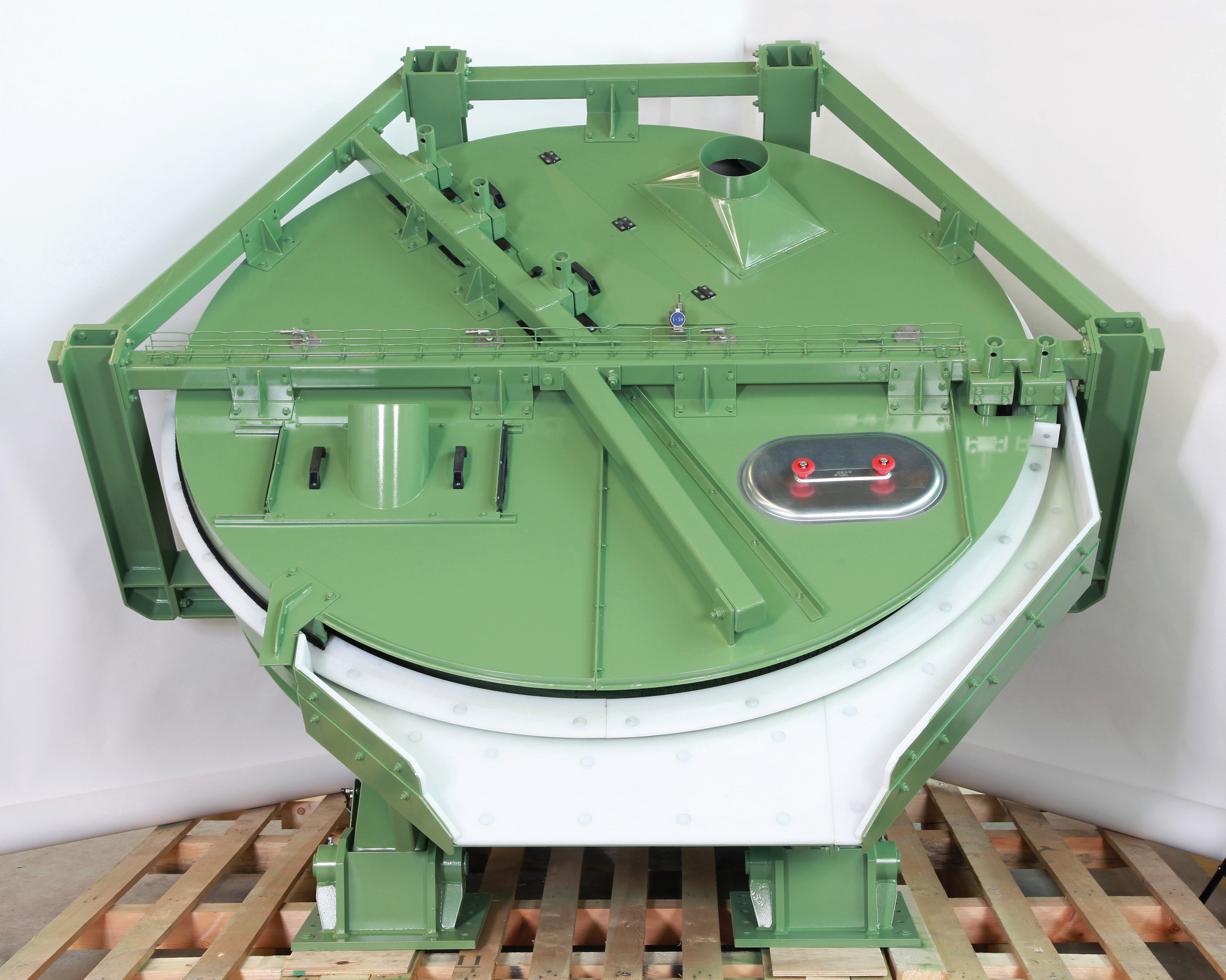
Have you ever stopped to think about what makes stainless steel so unique? The stainless steel is one of the most recycled materials on the planet. According to the American Iron and Steel Institute, approximately 88% of the world’s steel is recycled. Further, two out of three tons of new steel come from old steel. The steel industry also recycles steel byproducts, including mill scale, steelmaking slags, and processing liquids. Steelmaking dust and sludge can also be recovered and reused to make other metals, like zinc. Stainless steel has been around for a long time. Numerous industries have used stainless steel to construct skyscrapers, memorials, cars, industrial equipment, especially in the renewable energy sector and even kitchen utensils since about one century. At the same time, if you look around you now, stainless steel objects, such as saucepans, handrails, pen springs, or watches, probably surround you. Thus, the steel industry’s products play a crucial role in the development of the sustainable society and the necessary of production of high quality steel is consistently growing in importance. One of the most popular processes for improvement of the surface quality of stainless steel products is the so-called pickling: the cleaning of the strip with acid.
In the pickling process, about 2.5% – 3.0% of the total stainless steel products are converted to sludge. Therefore, several millions tons of this sludge are produced from the pickling process every year. The existence and treatment of pickling sludge remain a challenge and an issue of concern all over the world. The toxic substances existed in the pickling sludge represent a threat to the environment and human health. On the other hand, from the ecological point of view, these wastes are valuable resources put in a wrong place, because it contains many valuable elements such as nickel, chromium, iron and manganese. More and more stringent environmental regulations and the rising costs of raw materials make it imperative to find a feasible way to recycle and treat the pickling sludge. [1]
Haver & Boecker Niagara in cooperation with the Associated Institute of the Technical University Bergakademie Freiberg Haver Engineering GmbH has recently managed to further develop its own pelletizing technology and adapt it especially for the needs of stainless steel pickling sludge recycling. The pelletizing expert Dr. Jan Lampke gives us a deeper look into the process and into the increasing role of processing equipment in the field of pickling acid regeneration in steel manufacturing:
“In order to produce high-quality steel strips with clean, mill-free surfaces, cleaning of the strip with acid is essential, the so-called – pickling. The used acid for this purpose is often regenerated directly on site. Products of the regeneration of used pickling acid is reusable acid on the one hand and metal oxides on the other hand. The finely dispersed metal oxides can because of its fineness, simply not be used in metallurgical processes – for this the use of the SCARABAEUS© technology is necessary”, explains Dr. Lampke.
SCARABAEUS technology, provided by HAVER & BOECKER NIAGARA, operates with last generation pelletizing discs. The unit’s design of pelletizing discs appears a very tight particle size distribution. Thanks to the technology improvement, Scarabaeus is now indispensable in the field of recycling of stainless steel pickling sludge. The SCARABEUS 2200 pelletizing disc with its acid-resistant process chamber and robust design are predestinated for such type of applications and arrives at customer site always ready to use – completely assembled and prepared for start-up via online commissioning. This was confirmed by Dr. Lampke and he believes that Scarabaeus will open new doors in this filed:
“The recycling of stainless steel pickling sludge is even more important from both economical and environmental sides due to the presence of valuable elements such as Ni and Cr. Scarabaeus is hence this type of technology used for recycling of stainless steel pickling sludge that incorporates digitalization, best material quality, highest level of processing precision and reliability, and at the same time keeps an eye on the well-being of people and the health of our environment”.
Finally yet importantly, Scarabaeus 2200 is perfectly suitable and in multiple use for the transformation of fine dispersed metal oxides into larger agglomerates with defined particle size distribution and smooth surface. This process step improves the storage and transport properties and further an environmental-friendly re-use of the metal oxides directly on site. This achievement results in higher process efficiency and reduces enormous costs.
HAVER & BOECKER NIAGARA supports the customers to develop and optimize their processes, machines and plants. In the test facility of HAVER ENGINEERING are various tests equipment for pelletizing available. The objective of HAVER Process Engineering is to meet customers technical requirements and economic benefits. To achieve this, it is necessary to concentrate on the whole pelletizing process, starting with raw materials preparation, dosing and mixing and binder treatment. The core-components of pelletizing are focused in detail to minimize the efforts of final product classification, material circulation as well as de-dusting, safety and environmental protection. Applying recognized technical norms and standards with tailor-made processing leads to a production process that saves energy and resources.
[1] Recycling of Sludge Generated From Stainless Steel Pickling Process | Elsayed Mousa – Academia.edu
komm zurückUnser globales Netzwerk an Erfahrungen befähigt uns, sogar für ein einzigartiges Problem eine Lösung zu finden.
Florian Festge,